I sat down yesterday to write an article about Diafine. Diafine is a b&w film developer that I’m particularly fond of for a number of reasons – it’s super easy to use, lasts forever, allows you to push box speed with excellent results, and generally makes your negatives look great. I was going to draft the post, tee it up for publication in a week or so, then pack my bags and a bunch of film cameras and get out of town for three weeks. I’ll be In Italy and France doing cool things and definitely want to document it all. I was thinking a brick or two of Arista.edu 400 (great film, cheap, looks great in Diafine, have no idea who makes it or whether it’s rebranded something or other) an M4 with a vintage Carl Zeiss Jena 50mm Sonnar, and either a Nikon F5 with a 35mm Nikkor or, if I wanted to travel a bit lighter, a Bessa R2S with a 35mm Nikkor and 25mm Voigtlander Skopar.
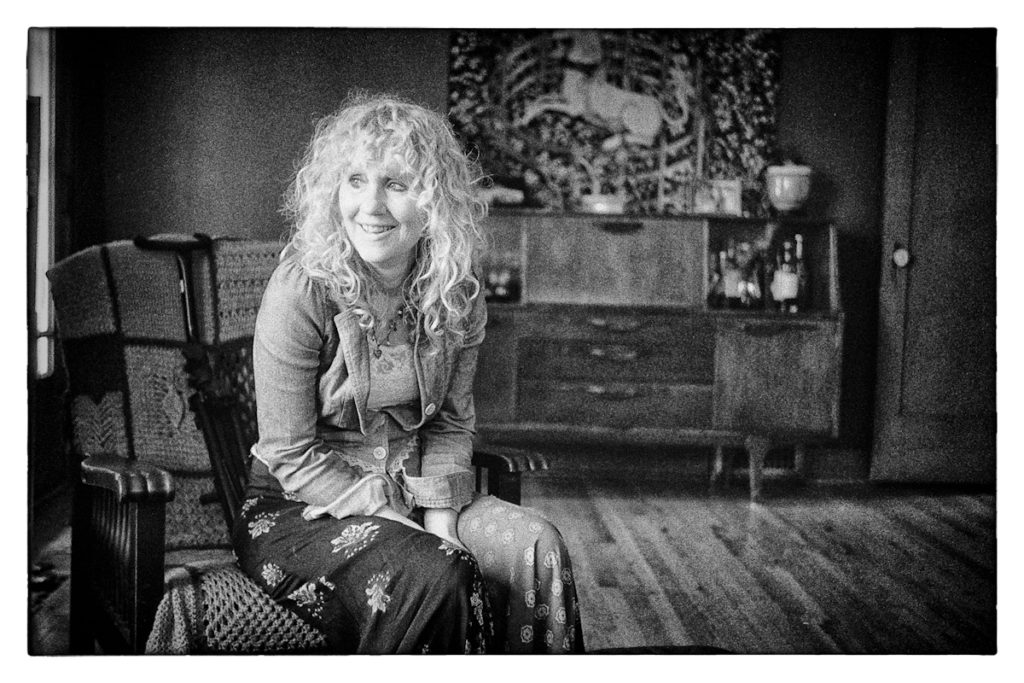
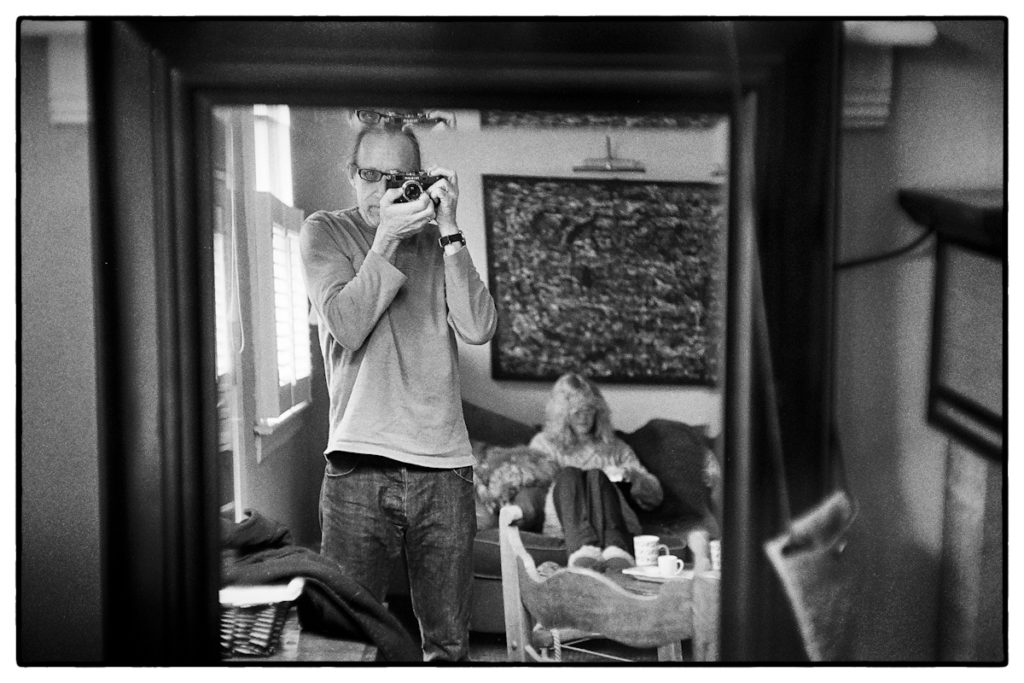 Homage to Ken Rockwell (I’ve been reduced to snaps of my wife to illustrate my posts). Arista.edu 400 @800 iso developed in Diafine. It took a lot of work to take, develop and print these pictures.
Homage to Ken Rockwell (I’ve been reduced to snaps of my wife to illustrate my posts). Arista.edu 400 @800 iso developed in Diafine. It took a lot of work to take, develop and print these pictures.
As I was sitting at my computer, an email came in from a European photographer friend. It had a number of photos attached to it, what you see above and directly below. He’s been doing this to me for years, sending me these throw-away shots he takes with his phone, and it pisses me off, because every time he sends me another I realize both what a middling photographic hack I am and how easy it all is for him.
But I think what pisses me off the most, apart from the proof of the inequity of our respective talents, is how easily digital technology has made photographic self-expression. Apparently, he takes these shots with his iPhone and a Hipstamatic app. Hell, your 8 year old kid can do this. I’m just not sure if that’s good or bad, but I suspect that it’s forever vitiated notions of photographic excellence as a function of technical skill.
So, yesterday I downloaded Hipstamatic onto my iPhone 6 and went out on my bike for a good long training ride. Along the way I snapped a few pics, edited them on my phone right there on the side of the road and then emailed them to my home computer, where they were when I returned home. I pushed a few buttons and printed them out with my Epson R3000. Here are a few below. Took me about 2 minutes from beginning to end.
So, tell me again, why are we lugging our Leicas and bricks of film through airport security; why are we obsessing about lenses and films and developers and grain and bokeh? What possible reason should I have for continuing my dogged attachment to analogue photography? And why shouldn’t I just pack my iPhone and leave the M4 and F5 at home?
Views: 1306

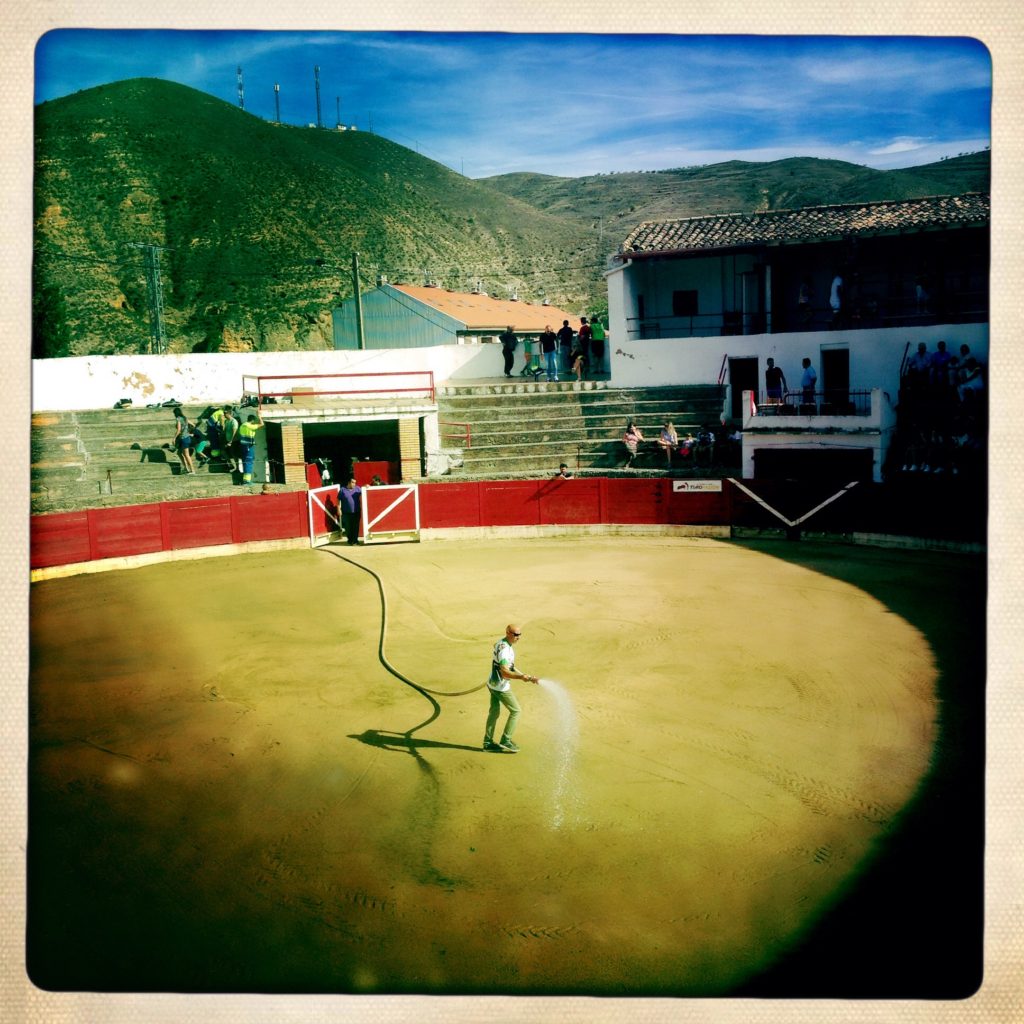
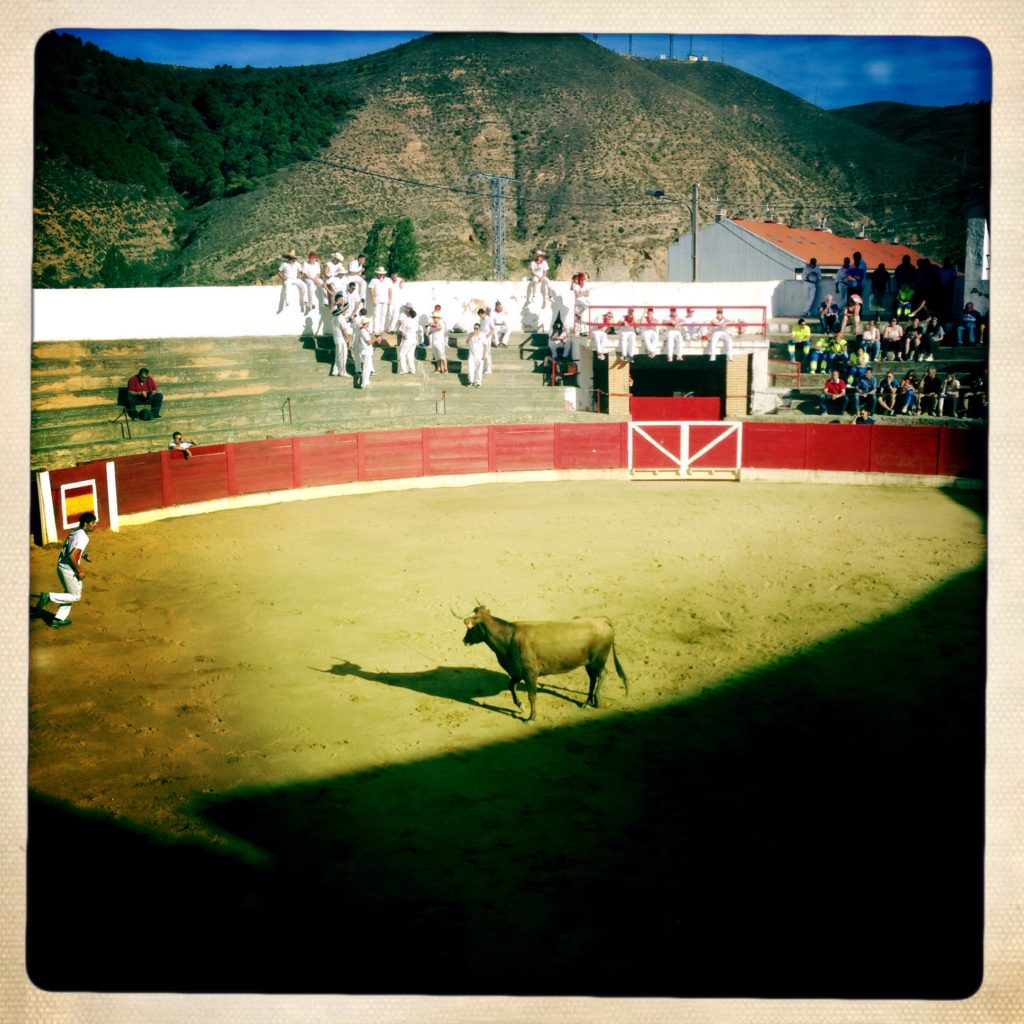
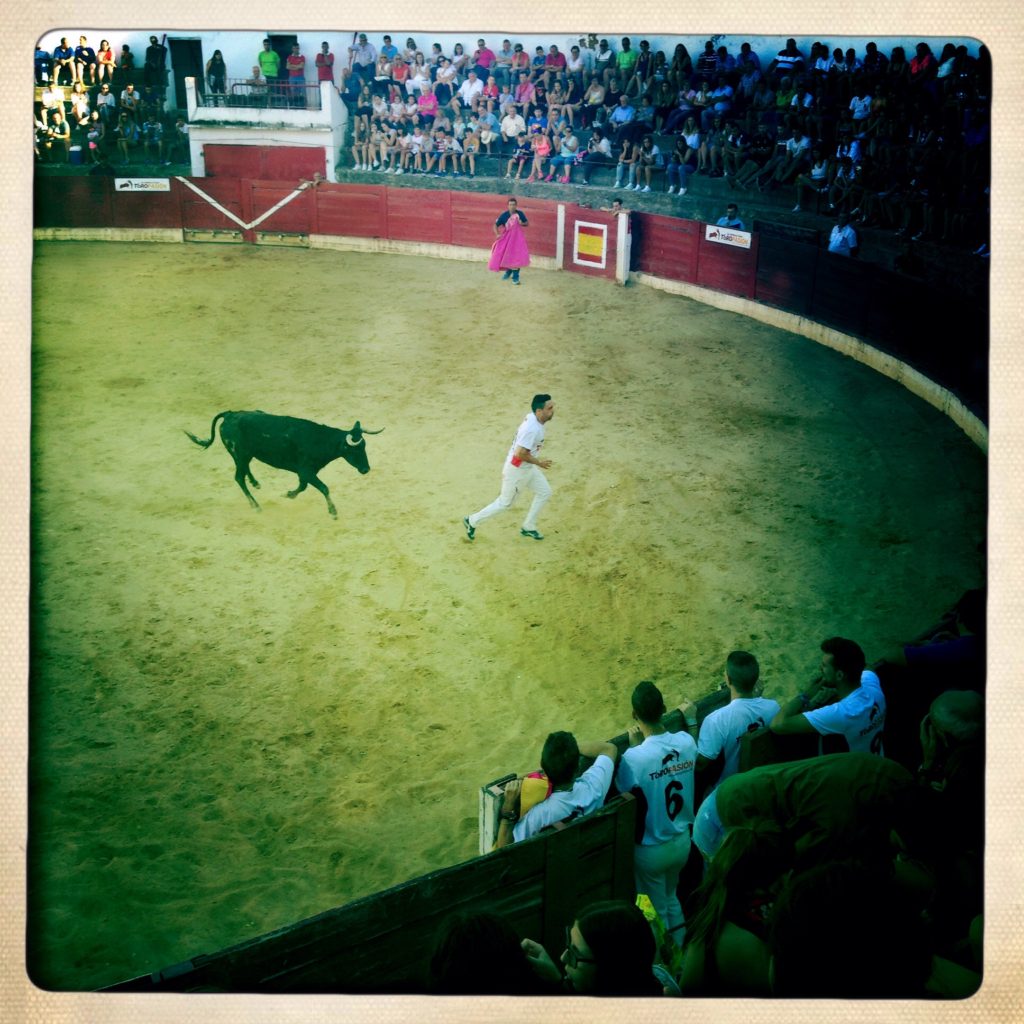


“So, tell me again, why are we lugging our Leicas and bricks of film through airport security; why are we obsessing about lenses and films and developers and grain and bokeh? What possible reason should I have for continuing my dogged attachment to analogue photography? And why shouldn’t I just pack my iPhone and leave the M4 and F5 at home?”
Come on you know perfectly well: it’s just something you’ve eaten – you’ll get over it, I promise!
😉
Rob
In ten years time I bet he can’t find the file.
OK Tim…
Forget about the bike and all that trainiin’ stuff and get a Moto Guzzi.
You will save loads of time!
Stephen: Bad idea. Really bad. The cycling is a replacement for 40+ years of motorcycling. After having broken more bones than I can count in my career of riding and racing motorcycles, of seeing two friends die on rides I’ve been on, of cheating death of few times myself ( one airlift to hospital) I’ve sworn them off. I’ve probably owned 30-+ along the way, with a preference for Ducatis and two-stroke Aprilias. Never had a Moto Guzzi, always preferred hard-core sportsbikes, and could never moderate my riding. It was always about finding the performance limits of the bike. When you’re riding a 170hp 400lb bike, those performance limits can be pretty impressive, but they’ll also kill you real quick if you’re not paying attention. At the age of 59, bicycling seems like the better bet.
But the analogy, though damaged, still has legs Tim.
You still arrive at the destination, but you don’t feel the same about yourself, the result, or the execution.
Your analogy went right over my head. You are correct, and it’s a great analogy. What we all agree on is that it’s the process itself that’s the reward of film photography, the doing of it. I certainly can’t argue with that…but then, doesn’t that open you up to the accusation that we’re all, at base, just gearheads? I’ve always considered myself to be ,first and foremost, a lover of good photography even though I have a certain emotional attachment to the traditional analogue tools I’ve used through the years. Hmm.
Why are we lugging our Leicas==or our Pentax 67’s–when we can use our iPhones? We do it because we love the process. We do it because in the back of our mind we imagine ourselves to be some kind of priest who is charged with carrying on and preserving a tradition. We do it because of the thrill of anticipation–each time I release the shutter I imagine that I have just captured a masterpiece–and while I am almost always disappointed, while that image is still latent in the tank I feel as though I am on the cusp of creating a new iconic image. We do it because we love the click of the dial, the turn of the knob, the winding of the crank, the smell of the film, the great preview–the real live view–of the viewfinder. We do it because it is fun. We do it because i passes the time.
If you are looking to simply capture reality accurately with the greatest resolution and detail, then yes, what we do is futile. But if we are looking for something else, then it is not.
Excellent.
great answer!
+1
Hmmm… my doctor’s main ride is a BMW 6 which he took on board after turning into a granddad and deciding he needed more doors than on his then 3 Series Coupe.
I didn’t see the 6 parked when I went to my appointment earlier this week, and when I asked him about it, he told me he was using his scooter that morning. I mentioned it might be dangerous, and he said yeah, but then what isn’t? He used to have a large BMW motorbilke when he was younger and toured Europe on it…
Maybe it wasn’t a medical opinion he was expressing.
Rob
Of course it is futile. What is the personal value of something if it does not give me the opportunity face futility and try to improve beyond it.
I once read a quote from the great rider, Kenny Roberts, that went something like this:
“Everything I know about riding bikes faster, I learned while riding some pretty slow, poorly handling bikes.”
Like everything Kenny says, it makes you scratch your head………and then smile at the truth of it.
The Iphone is capable of taking fantastic images, The folks at Apple will do everything they can to keep the futility at bay. Sounds boring to me.
You have to wonder, who is getting more out of the race? The factory rider in the lead?, or the rider finishing better than he/she ever has on the private bike? Accolades aside.
“Of course it is futile. What is the personal value of something if it does not give me the opportunity face futility and try to improve beyond it.”
Very nice, Wayne. And Kenny is right: in racing motorcycles, the best training is riding a slower, smaller bike and learning to make it go as fast as possible. Those skills directly translate into becoming a better rider irrespective of the bike you’re on. Give me a 150hp 600cc Moto2 bike and Valentino Rossi a 50hp Moto3 250cc, put us both on the same track, and he’ll leave me for dead, because he’s incredibly skilled and I’m not. As to whether the same idea applies in photography…there’s the rub: is it worth spending your career riding the 50hp bike when you could be racing on the 150hp bike using whatever skills you developed learning to make the 50hp bike go as fact as you could? Or is there something intrinsically satisfying about the experience the 50hp bike gives you?
They look cool. I use Hipstmatic all the time. And I own own six Leica’s, three film and three digital. They are all beautiful in their own ways. I shoot the film because it is fun, because it is beautiful, because it is surprising. I shoot with the phone. . . maybe for the same reasons? But no camera thrills me as much as picking up a film Leica. Every camera has a function, but Leica film has something else. I feel stupid about it, but that is the way it is for me. Maybe for you, too.
I’m not so sure one should use bikes as a parallel experience. One way or another, they all give a thrill dependent on power and skill. The ride may be enjoyed at different levels, yeah, but it’s still just a trip by bike, and once over, that’s it: finito. Photography is rather different, I think, because the means of getting from A to B is not just a single experience, and the result lives on in tangible form.
The visual trip may not be that different on digital or film, and one is hardly more difficult than the other; in fact photography is one of the easiest – if not the most easy – of the arts to manage.
That said, and bringing back the bikes, where at the end of the ride it’s over, with photography, once the shooting’s done – either way – the work is just beginning. And then the differences become clear, even if you scan or simply copy the film to digital with a digital camera.
I’ve been watching a few Keith Carter videos of late, and as with Michael Kenna, you can’t ignore the difference that format (in the sense of shape, not size of capture device) makes to the look of a photograph. Those Hasselblad 500 Series images are just unique (okay, another 6×6 brand would do too), and make the work stand out within the context of a world where the ubiquitous 2 x 3 shape pretty much rules the roost.
Photographic futility, though, isn’t format or flm/digital dependent: it’s dependent on your skill and whether or not you really have a visual point of view. Handing a favourite Leica, Nikon or ‘blad, film or dgital, to someone with no vision will not affect the result very much. Actually, the cellphone may be the best bet, especially if the person has access to one of those programmes that can turn stuff into something he didn’t see or shoot in the first place!
I’ve probaby said this before, but all my pro’ work was done with film. However, the cost and inconvenience of film means I now shoot totally on digital. I don’t feel or work any differently now that I’m used to it, and in fact digital lets me do a lot more than film ever did. The only – and somewhat perverse – downside, to me, is that though grain was sometimes a problem working profesionally, today, as an amateur, it’s lack is the problem. Relative perfection can mean characterless. Ask Sarah Moon!
We are never satisfied.
Rob
“What possible reason should I have for continuing my dogged attachment to analogue photography? And why shouldn’t I just pack my iPhone and leave the M4 and F5 at home?”
… posterity?…
Excuse my english, but a german proverb I was taught at highschool (in Norway) might be appropriate:
Zufrieden sein ist große Kunst,
zufrieden scheinen bloßer Dunst,
zufrieden werden großes Glück,
zufrieden bleiben Meisterstück
Life in general, photography, riding bikes or any other craft. Beeing satisfied is elusive.
Keep taking those pictures. And – by all means – keep that blog of yours alive.
Rolf
uhh….I dunno.
I have found Arista.Edu film to be not that great, but I think I was pushing it with Rodinal. I tend to think it is rebranded Foma, but I would need to test this theory out more. Arista.Edu is like Eastman Double X, a film I want to like because it is cheap, but working with only a few rolls, my answer is usually no and I head back to Kentmere all the while thinking I need to be using HP5+.
If it’s still being made, why not give Kodak’s D76 a whirl?
I used it for all my b/white processing (apart from line work), and diluted 1+1 with water.
For 35mm (135) formats in b/w I used Ilford’s FP3/4 and HP3/4, whereas for 120 formats always Kodak TXP 120 unless for trannies, when it was Ektachrome 64, and then when it came out, a few tests on Velvia 50… at which stage, and for many here-irrelevant reasons reverted totally to Nikon and Kodachrome 64 Pro.
Ilford’s grain structure was less aggressive in the smaller formats, and in 120 size Kodak’s product almost grainless at the usual sizes I had to print. I tried Ilford products on 120, but never got the tonality I wanted. Maybe that’s due to the different lens characteristics of Hassy and Nikon more than chemistry – I really didn’t hang around to find out.
A problem with pushing film is in the expectation. You don’t really manage to get more speed out of it: all you do by processing longer is block highlights and make a little more contrast in the shadows, but what isn’t recorded remains unrecorded. Buy hey, an entire mystique grew up around it, and folks who should have known better perpetuated it, thus sowing further confusion.
I still own a Nikon F3 in perfect condition (well, it was when last used many years ago!) but were I to venture back into film, I think I’d try to find a good 500 Series ‘blad with a 180mm optic. That unit would give me all I really want to do in b/w: portraits, as in head shots. For everything else, my D700 and D200 are just fine. Will always miss the F3 and ‘blad viewfinders, though! Babies, bath waters…
Rob C
Good article and nice pix!
Sure, even a monkey can produce a great shot on digital. But what separates the cell phones from the ‘stand alone’ camera is bringing in the type of shots that the cell phone can’t get.
All things being equal, digital outshoots film for the most part. Although film can have a nice look to it, the organic grain structure and all
http://www.photographycompared.tumblr.com/
But, from what l can see, most of the film fanatics do it for ego more so than anything else. It seems they would rather miss shots using film, rather than go over to the dreaded digital and get the shot.
If the fanatics process their own film and have a ‘nothing’ portfolio, then good chance they are in it for the ‘chemistry’ more so than bringing home iconic pix.
Now, I am an old film photog that started in the late 1960’s. I shot film for 40+ years and I still work with film with the ‘Daniel D. Teoli Jr. Archival Collection.’ So I am not a Johnny come lately with a cell phone cam and the latest PP app. But the reality is…I can’t afford to miss the shot over ego. Digital provides me a better chance of getting the tough shot. In addition I have no room for a darkroom any more or the time to wet process film and paper.
Great piece! But I think the homage is to Steve Huff:
https://leicaphilia.com/the-leicaphilia-guide-to-leica-related-websites/
Thanks,
Mike
I love them both. I see no reason to choose. There are times I want the process that cones with film…and the result: that particular soulful timelessness that only a film negative, “written on water,” can create. And there are times I want the complete control of digital (often using a 1950 summaron with a 10 dollar adapter, because it’s so damn soulful, even with pixels, if you learn how to use it.) It’s not either or, it’s what moves you, for some what they can afford to keep making images. The important thing is to continue to document/create. Be a mirror, be a window, whatever compels you, with whatever tool inspires you. This conflict between the two is silly, I only support film strongly because I never want to fear film will not be an option, I love it so. But I think, like vinyl, those days might have passed. Film has found its niche. A bit more expensive, but a tool that is there for those of us who love it and want to lug an m or a point and shoot or a 120.
By the way, and this is just for you, no need to publish, I’d love to see an article in defense of uncoated screw mount lenses. They are slower, but I find no real fall off, even for street, once you get the hang of them, and the images they make are so soulful. I use them with 10-30 dollar adapters on a Sony a5000 kit as well as on Leica ms and III’s. I have to say, though not originally made for color, they are precise, but also allow for the kinds of “mistakes” and flares that endear me to film even when shooting digital. No one is talking about this, in love with Precision! But these are little gems, still can be found on the somewhat cheap, and I think in terms of character and soul, and often with some cleaning and care, are absolutely above any of the mint summicrons of the world.
So glad I read all the comments before writing my own. I agree with everything you say. I borrowed a Leica iiiC from a shop I was working in a year ago. I shot a roll of XP2 one evening and had it developed the next day. I almost wept at the beauty of the results. I just couldn’t believe that I had actually been present when the shots were made. After much research, I found a beautiful black and nickel iii and since added a 9cm and Hector 135 to my kit. Two days ago I finally found a minty 1936 Elmar 3.5cm which has been like a Holy Grail, and it cost more than the camera and 5cm together! I can’t wait for it to get here!
I’m still not sure if there might not be a ‘perfect’ amount of haze in an optic… I suspect there is more to the washed out, low contrast look that we love than the lack of coatings. Whatever it is, these tiny lenses were where ‘miniature’ photography started, and to my mind, every evolution since has detracted from Barnack’s vision to a greater or lesser degree.
While I haven’t gone so far as to take most of my photos with my phone, my primary cameras are small digitals like the Ricoh GR and Panasonic GM1. I adore my M9 and M7 but the size, weight and greater difficulty of workflow (M7 in particular) lead me to prefer digital compacts for everyday shooting.
At the same time, if I know I’m taking images that I want to mean something, my M9 or M7 come with me. It’s all about the process, the feeling of quality in handling, the sense of exercising skill when shooting.
I have similar ongoing struggles between handwriting in a journal and using my phone and computer for instant journaling. A phone that uploads to the cloud means that my notes can stay secure, even if my phone dies, heaven forbid. No messing around with pages that can be lost, no squinting when attempting to decipher 5am sleepy scribble, everything is legible and instantly accessible. I can even embed the very photos taken by my cameras and phone with not a drop of glue or tab of tape in sight.
And yet, I miss the feeling of a good pen, the sensation of the tip against fine paper, being able to smudge or angle graphite lead to get different effects.
I’ve succumbed to the convenience of technology.
And by the way, your phone images look excellent.
I prefer using film because it is more difficult, inconvenient and expensive than digital. As such I have to concentrate more on what and why I am photographing. I am not interested in easily taking more photographs. I want to take fewer shots and try to make every one count. I want to put effort in my photography and that includes hours with chemicals in the darkroom. I want it to be a struggle, not sitting in front of my computer clicking away. I want to make a photograph in my camera and not as an afterthought on the computer. The logical conclusion of all this is to end up some day with a clunky 8×10 view camera where everything is distilled in one shot. Until then I will lug my M6 with the hope that I get one photograph I am proud of out of every 2-3 rolls of film. It is a price I am willing to pay.
“I prefer using film because it is more difficult, inconvenient and expensive than digital. As such I have to concentrate more on what and why I am photographing. I am not interested in easily taking more photographs. I want to take fewer shots and try to make every one count.”
excellent. Which leads to the larger question: is it the doing of it, or the end result that’s most important? I’m not sure I’ve answered that question for myself.
“Which leads to the larger question: is it the doing of it, or the end result that’s most important? ”
Both. The two are inseparable. The doing it -film and darkroom with all of their inherent difficulties, inconvenience and expense- leads to the desired end result. Means to an end. Film gives me the results I want. Others are free to do as they please.
Had I wanted the look of tintype photographs I would not fake it on a computer because it is less cumbersome and more convenient than setting up a view camera, mixing chemicals, coating the plate, exposing and developing it. And all that within 15-20 minutes or else the plate will not work. Just for one photograph. It takes skill and discipline to get the reward of a tintype photograph you can be proud of. It is about the spirit of the form.
Dear Tim, A trick question, right, to provide discussion? You know the answers. This article appeared while I was laboriously developing and scanning the 25+ rolls of tri-x I took on vacation, and I admit that the question you pose did momentarily entered my head again one or two times. Yes, I managed to get the people at Bangkok airport to hand-check the thirty rolls to tri-x I brought with me. But still !
Wandering around the interwebs I found this article, sorry for the French, but Google Translate
https://www.cg974.fr/culture/index.php/Actualité/Evènement/photographie-argentique-la-technique-dun-autre-temps-conference-donnee-par-francois-louis-athenas.html
There is not much in there that we haven’t said here before. You can see that the author tries to hold it together but at the end he does let go a little :-). I won’t cite the point about Steinway pianos and Yamaha :-). His point: digital photography has no past, and needs to create a new future of its own which is not tied to film photography:
“Il lui faudra bien pourtant faire autrement. Au delà de la technique, de l’émerveillement devant un jouet dont les possibilités semblent sans limites, ils reste un vide hideux,
que seul le photographe peut remplir, non pas en tentant de croire qu’au fond tout est comme avant, mais bien en acceptant que ce nouvel outil est vierge, que son histoire est à inventer.”
My rough translation:
“We really need to do otherwise. Beyond the technical details, the wonder before a toy with limitless possibilities, there is a horrible emptiness, which only the photographer can fill, not believing that in the end everything is like before, but in accepting that this new tool is really new, and that its history has yet to be invented.”
In the meantime, I am continuing to shoot film, it is easier than trying to do this :-).
cheers
henry
Henry,
I defer to you in all things, as you are obviously way out of my league intellectually.
The click of the shutter marks each signal moment, and perhaps it is enough. If the doing of it is more important than the image of it, then you’re in league with people like Garry Winogrand and Vivian Maier, who both left behind thousands of undeveloped images.
“… even though I have a certain emotional attachment to the traditional analogue tools I’ve used through the years. Hmm.”
Most certainly! How attached we become to the good stuff we’ve grown up with. It defines who we are. In my case: things like tube amplifiers, BBC-grade loudspeakers, record players, vinyl discs. This isn’t just nostalgia, and IMO it is a huge mistake ridding ourselves of the (analog) tools of our past as an excuse to embrace “the future”. That would be to deny one’s own existence and the very place and time we originate from.
Ultimately, “digital” defines nothing – just obsolescence.
In other words: my fifty year old Quad II amps aren’t going anywhere anytime soon.